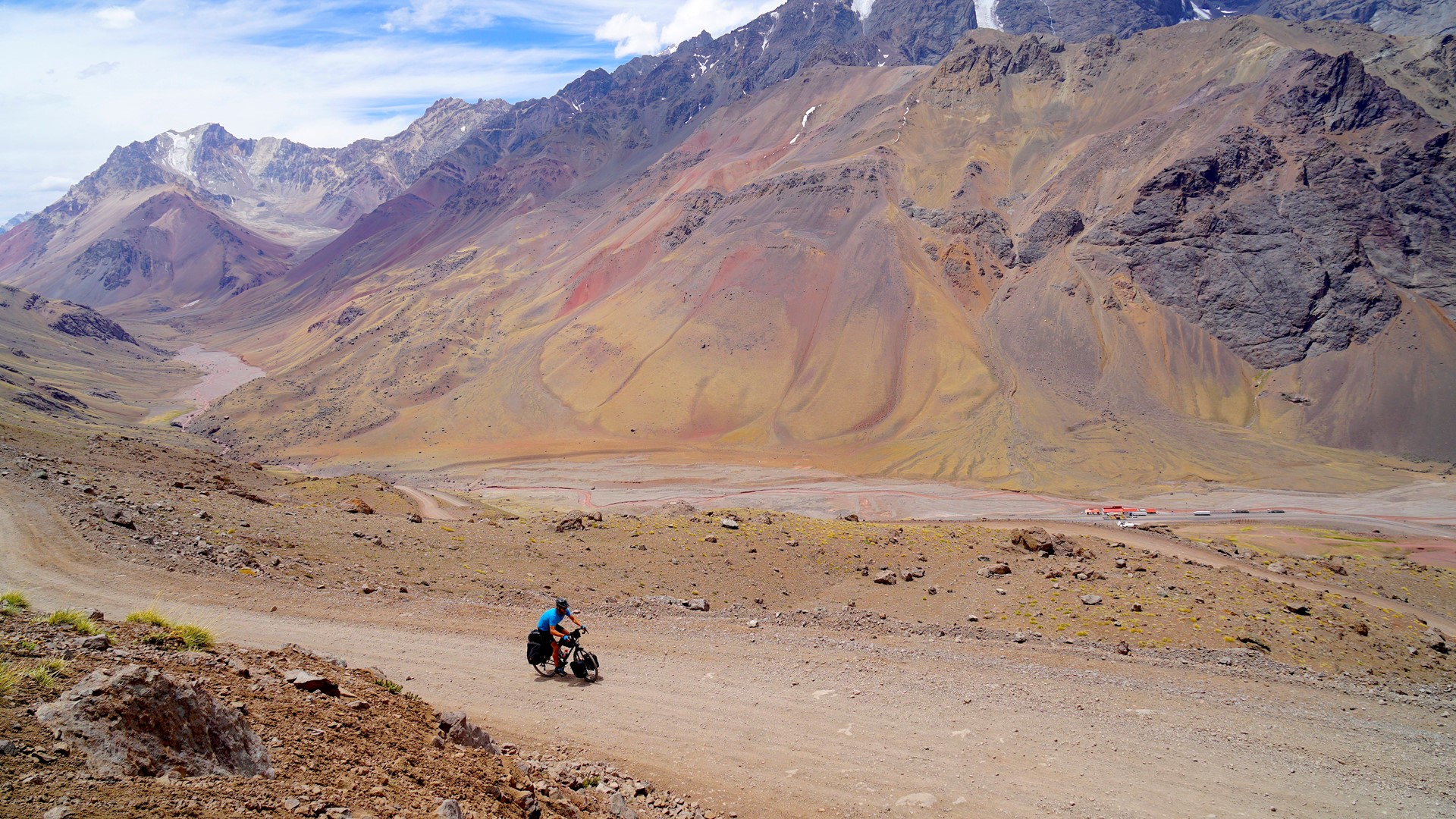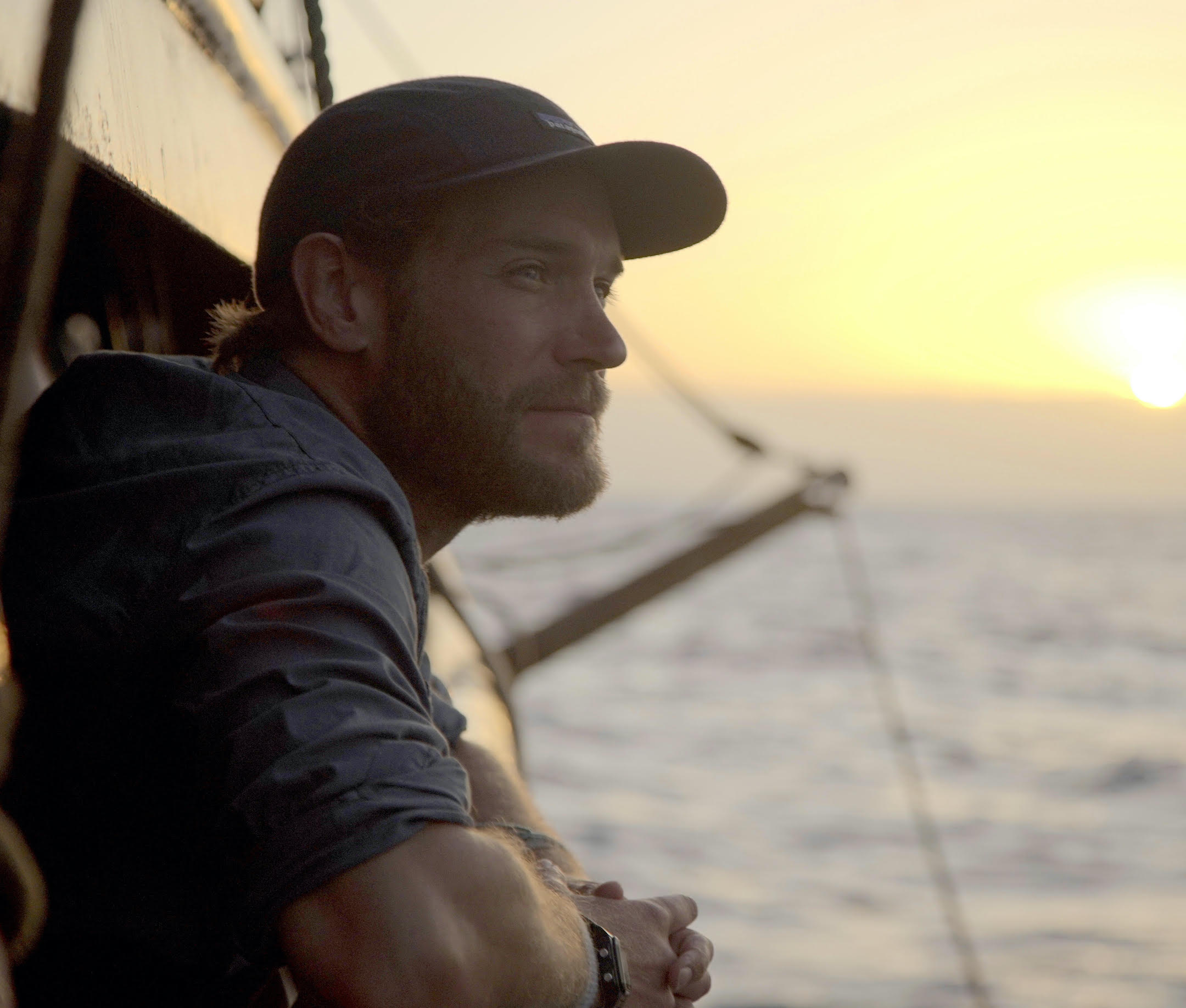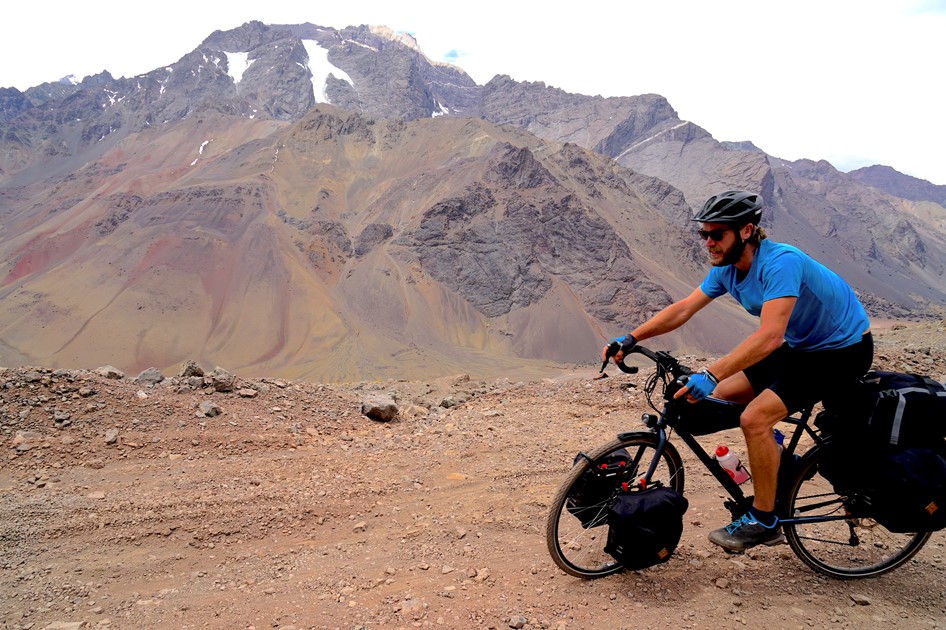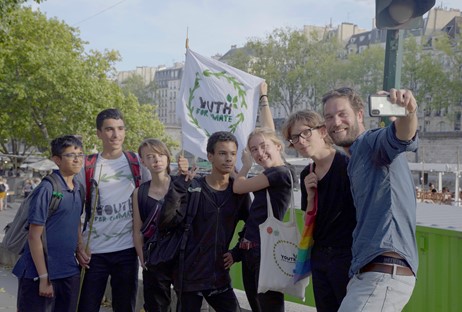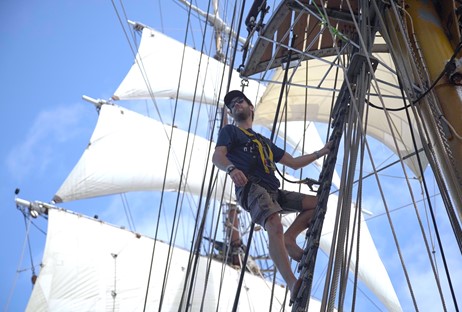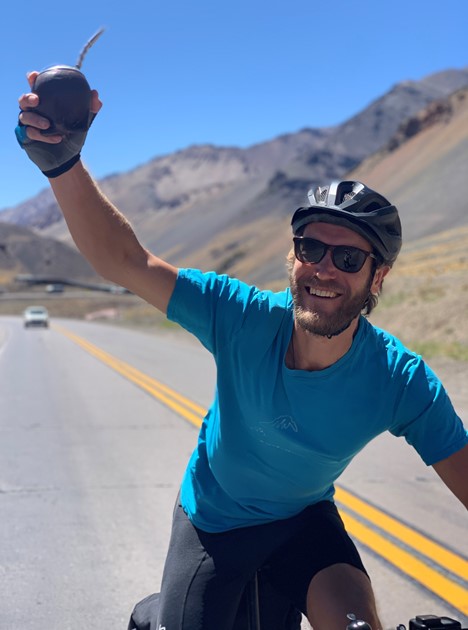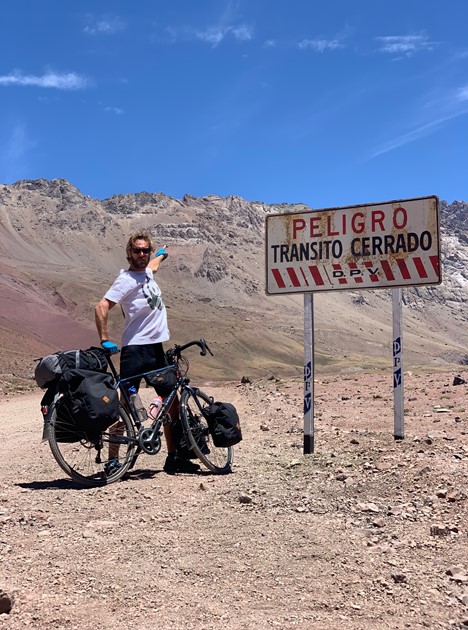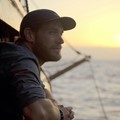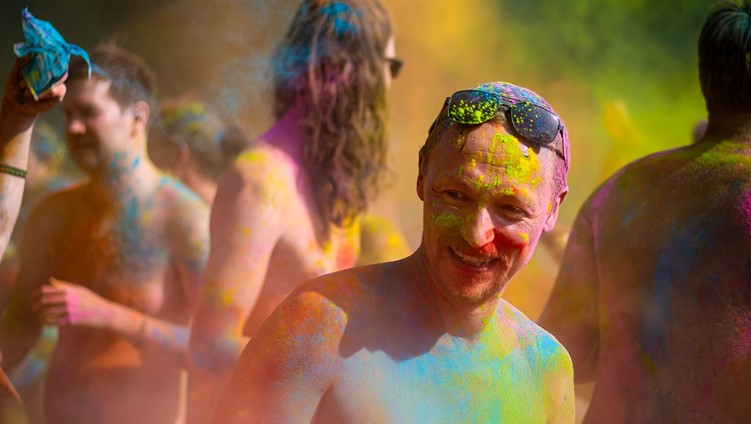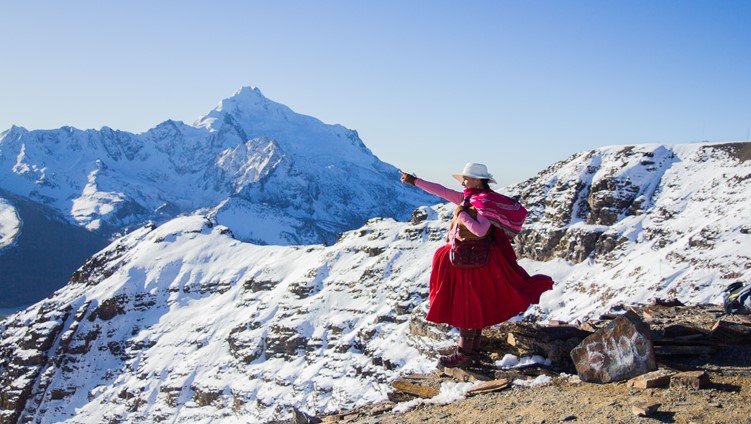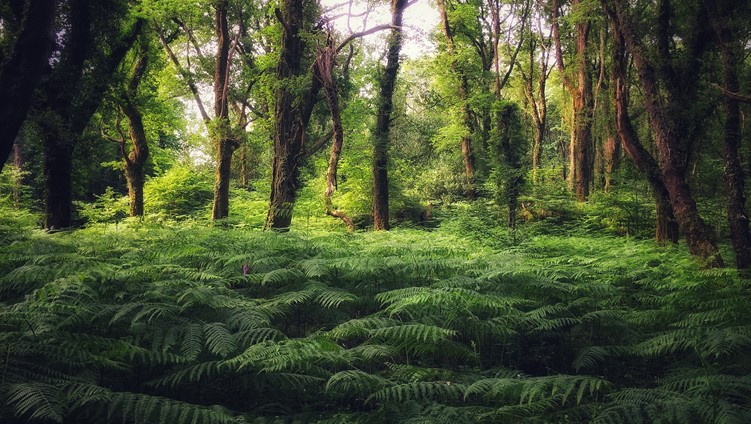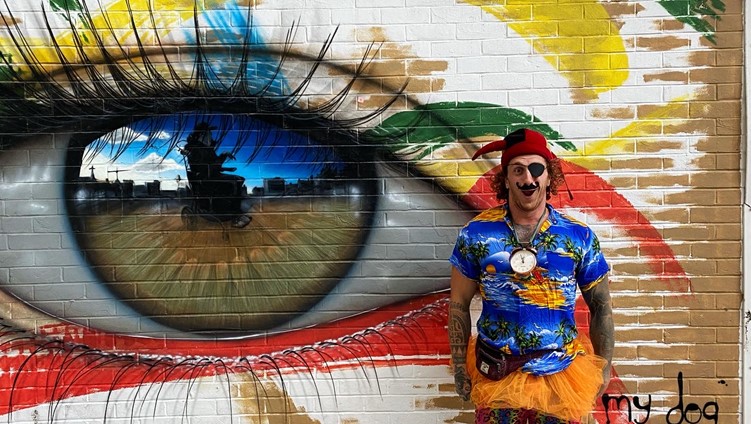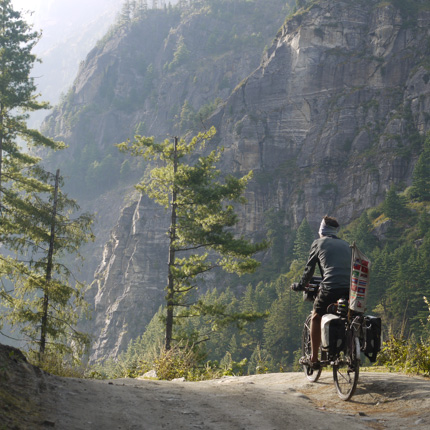Sweat-drenched, shredded by brambles and covered in dust I hauled my bicycle over boulder after boulder. The bike was indestructible, but I was a mess. I needed to find a place to hunker down for the night and as I felt my way for a flat spot to camp, I got some long overdue luck. I’d stumbled upon what looked like a logging road.
Left, or right? I jumped on the bike and went right. My giro lights fired up illuminating the track ahead of me, and whilst I had no idea where I was going, at least I was cycling again and that felt great.
I rode cluelessly into the night wondering where on earth I’d end up next. A light glimmered through the trees ahead. I raced towards it and minutes later I arrived at a monastery. Was this the monastery that Google Maps had mischievously misdirected me to?
A young couple exited the old building and headed for their car.
“Good evening,” I said, “Where I am please?”
They looked at me like I’d just stepped out of a flying saucer.
“Why are you cycling your bike and all those big bags through a forest in the dark?” they enquired.
I explained the mishap with the map and the whole boulder debacle. Shaking their heads in disbelief they explained that I’d just carried almost 60 kilos worth of bike and bags up and over one of the toughest stretches of the legendary Camino de Santiago pilgrimage trail.
“Not a cycle route then?” I queried.
“No,” they said.
“Right,” I said.
However, they confirmed this was the Google Maps monastery. I was back on track.
We wished each other well and I rolled on into the dark up a nice winding road to the top of the mountain. I found a wild camping spot, zipped into my bivvy bag and quickly conked out.
The next day I woke up to a spectacular view of the Atlantic Ocean, brewed a coffee, packed up my bivvy and raced down the other side of the mountain into northern Spain whilst pondering what lessons I’d learnt from this cycling adventure.
There are, in fact, multiple morals to this story. ‘Always bring a map’ is a good one. ‘Carry a power bank for your phone’ is another. But ‘make sure you plan ahead’ is the clear the winner.
I’m happy to say that I made it the southern Spanish coast in time to board the sailboat for South America, and 6000 miles of ocean later I became the first person to drive an electric van west across Argentina and concluded my emission-free mission with an epic high-altitude cycle up over 12,500 feet of Andes Mountains into Chile.
However, I had been thrown an almighty curve ball. I’d made it to Santiago, but the United Nations Climate Conference hadn’t. Massive public protests in the capital had led to the UN relocating the summit to Madrid.
How on Earth I could still make good on my promise to all the young people and deliver their video climate messages to the leaders and politicians at the UN, I didn’t know. I would need nothing short of a miracle…

